Digital aesthetics from cyberspace to interior design
Pixels and Beyond
Culture is a living, breathing entity; a constant feedback loop between people and their environments—and while the technology we devise is certainly born of a specific set of cultural parameters, our technological offspring also, in turn, become part of the milieu from which cultural evolution springs. To put it another way; we shape new technologies, but they also shape us.
The digital revolution—which put internet access first into our homes and then into our pockets—has turbo-charged the usually incremental cultural evolution. The flood of images that we are all exposed to every day catalyzes a frenetic pace of trends, themes, and variations in aesthetic vernacular, aided by the ease with which artists and designers can exchange inspiration with each other through digital platforms. The impact of this technology on the creative fields is profound—and product and interior designers have not been immune to the influx of technologically-driven visual language into their work.
The rise of digital, visual communication starts with the rise of the pixel; the most common method for breaking down an image into tiny packets of data that can be readily sent around the world and reconstituted on the other side. This mode of thinking about the visual—as high or low resolution; clear or pixelated—has birthed a new way of thinking about objects themselves. Avant-garde designer Kunihiko Morinaga of Japanese design house Anrealage created a pixelated fashion and furniture line in 2011, bringing the jagged edges of low quality digital images back into the analogue world with an out-of-focus, faux-Persian rug and a classic dining table with a blocky 8-bit profile. The Piccadilly collection by Boca do Lobo for Covet Paris also mixes classical references and impeccable geometric detailing to create the impression of a photo of an antique that hasn’t finished downloading—digital image processing that’s stepped right out of cyberspace and into real space.
Unlike digital photography, video game graphics and virtual realities are often built from so-called polygons. These linear shapes are combined in exhaustive detail to create 3D computer-generated forms that can, in the case of “high-poly” designs, look incredibly realistic. Low-poly graphics, on the other hand, are facetted; a tesselation of geometric forms that approximates the outline of curvilinear objects. Artist Matthew Plummer Fernandez reversed the process of approximating analogue objects in digital space in his Digital Natives series (2012), in which everyday objects are first 3D scanned, then algorithmically manipulated in the virtual realm, before being realized as 3D-printed vessels. The Poligon Cups by Sander Lorier for Studio Lorier similarly play with the notion of an object’s digital representation in the physical space; as the designer says, it’s “porcelain tableware at a low resolution."
As slick as so many of our new digital appurtenances are, and as much as the tech giants may perpetuate the myth of perfection, everyone who’s had more than a fleeting interaction with the digital knows that signal interruption and breakdown—in a word, glitch—is ever present. What began as an unintended irritant was quickly appropriated by artists and designers as both an aesthetic breakthrough and a political commentary. One of the early queens of glitch, artist Rosa Menkman literally wrote the manifesto on why these distinctive digital errors are valuable in their own right. In 2009 she wrote that glitch “is a wonderful experience of an interruption that shifts an object away from its ordinary form and discourse."
Her words are manifest in the work of designer Pietro Ferruccio Laviani, who redefined artisanal carpentry for the digital age with the Good Vibrations series, which interprets archetypal furniture forms through the lens of computer glitch in exquisite detail. In another approach, American designer Christopher Stuart created the Constructs & Glitches series for The Future Perfect by, in a sense, collaborating with the glitches and errors in CAD software that are usually a designer’s arch nemesis; allowing these unintended digital artifacts to become integral to the final form of the pieces. Glitch Textiles, created by Brooklyn-based designer Phillip David Stearns in 2012, also embraces the discombobulated view of the world that glitch facilitates. This entire genre of creative production can be understood as an exploration of how algorithms and machines “view” the world and, on the flip side of that, how our interactions with them impact our own perception.
This merging of machine and human sight, however, does not always lead down a rabbit hole of pixelation and abstraction—sometimes it’s quite the opposite. As with older technologies like the microscope and high-powered telescopes, the explosion of digital 3D scanning and printing capabilities can sometimes actually amplify our ability to truly see the physical, natural world. Take a look at the Matterlight Table Lamp by Swiss designer Boris Dennler, for instance; the resin, brass, walnut, and LED lamp is a precise replica of the famous Matterhorn peak, made possible by 3D mapping and drone technologies. Through our new, technological “eyes,” we are able to view and reproduce a form that would otherwise be beyond the scope of our vision.
The hardware aspect, the materiality of the internet and digital technologies, is one that is often overlooked. The myth of the disembodied digital—the idea that cyberspace is somehow a parallel, mutually exclusive universe to the physical world of cables, power production, and electronic processors—is pervasive. And the impact of this falsehood on public discourse around technology is dramatic. It’s no wonder, then, that so many artists and designers are combatting it through their work; drawing attention to the utterly physical, resource-intensive foundation of all that is digital. American artist-designer Benjamin Rollins Caldwell created his outstanding Binary collection in 2011; a series of unique tables, chairs, and storage pieces composed of obsolete electronic components, highlighting the rich aesthetics of these highly engineered elements that are normally hidden from view, whilst also drawing attention to the masses of e-waste created by our device upgrade fetish and culture of planned obsolescence.
The expansion of digital technologies, devices, and the internet into almost every aspect of daily life, culture, and art is one of the most significant factors shaping 21st-century society. Design is one of the intersections of culture and production that is best-placed to both reflect upon and, in some cases, steer our engagement with advancing technologies. From experimental and critical pieces elevated to the status of art objects to designers who are incorporating digital forms into our physical interiors and thereby demonstrating the inextricable entanglement of the virtual and the real, this fertile ground is sure to produce exciting, engaging, and conceptual design for decades to come.
*For more digital design inspiration, check out our campanion story, Digital Display, which spotlights seven collection-worthy techno-craft designs.
-
Text by
-
Gretta Louw
A South-African born Australian currently based in Germany, Gretta is a globetrotting multi-disciplinary artist and language lover. She holds a degree in Psychology, and has seriously avant garde leanings.
-
More to Love
30 Seconds of Silence Soundplotter Vase by SHAPES iN PLAY

Poligon Cups by Sander Lorier for Studio Lorier, Set of 3

Matterlight Table Lamp in Silver & Ash by Boris Dennler

I Love You Soundplotter Vase by SHAPES iN PLAY

Piccadilly Cabinet from BDV Paris Design furnitures
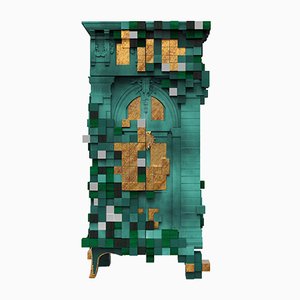
Flat Pixel Vase by Paolo Ulian for Bufalini Marmi
Tall Pixel Vase by Paolo Ulian for Bufalini Marmi
Pixel Pendant Lamp from Studio Lorier
Piccadilly Mirror from BDV Paris Design furnitures
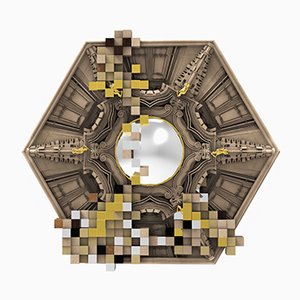
Pixel Vase from Studio Lorier
Pixel Desk Clock from Studio Lorier
Pixel Wall Clock from Studio Lorier
Pixel Candleholder from Studio Lorier
Vein Coffee Table from Madea Milano

Shape of Things To Come Soundplotter Vase by SHAPES iN PLAY
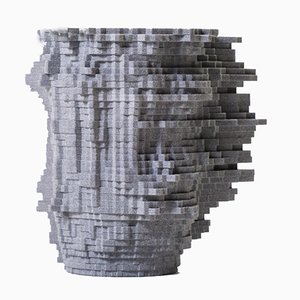
Pixel Anodized Nightstand from BDV Paris Design furnitures
Pixel Cabinet from BDV Paris Design furnitures
Matterlight Table Lamp in Brass & Ash by Boris Dennler

Pixel Vase by Paolo Ulian for Bufalini Marmi
Poligon Espresso Cups by Sander Lorier for Studio Lorier, Set of 3
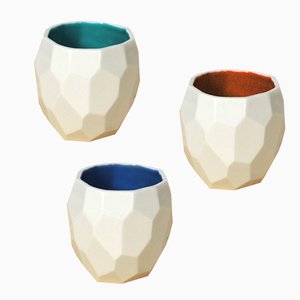
Pixel by Marco Ripa
Poligon Vase from Studio Lorier
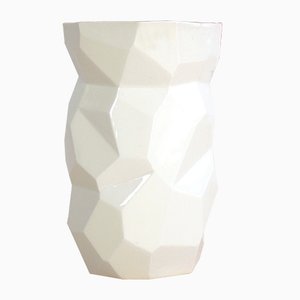
Alex Chaise Longue by Alessandro Mendini for ecopixel
Blue Alex Chaise Longue by Alessandro Mendini for ecopixel
Matterlight Table Lamp in Silver & Walnut by Boris Dennler

Lace Map by Chris Kabel
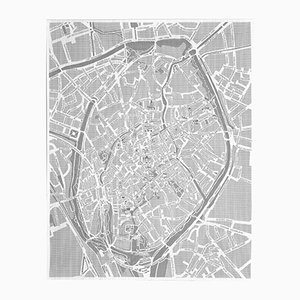
#03 Medium HYBRID Vase in Light Pink, Black, & White by Tal Batit

#07 Mini HYBRID Vase in Grey & Red by Tal Batit

#05 Mini HYBRID Vase in White & Light Pink by Tal Batit
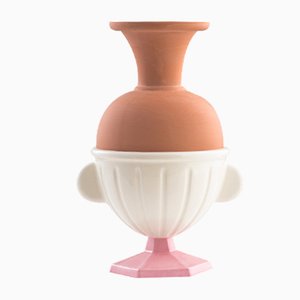
#05 Mini HYBRID Vase in Turquoise & Mustard by Tal Batit

Pixel Multiuse Wall Panel by Paolo Ulian for Bufalini Marmi
Pyramid Table by Studio Eyal Burstein


